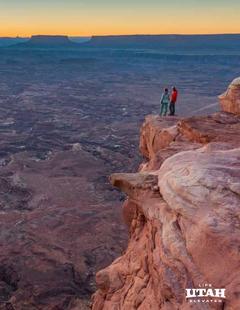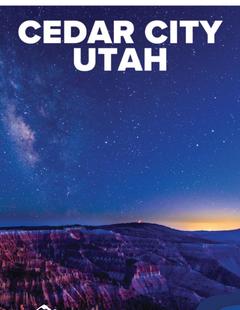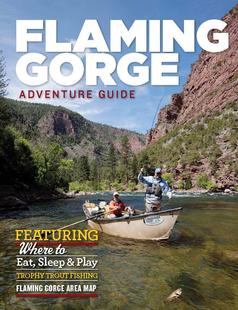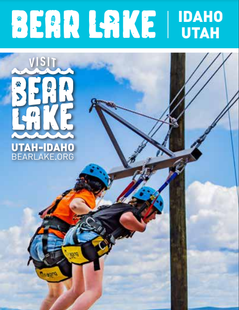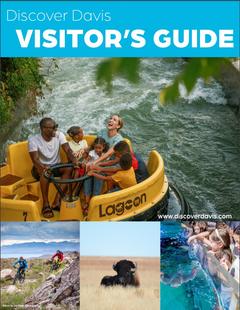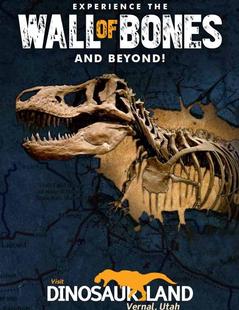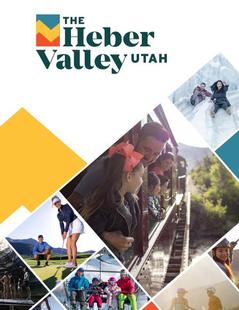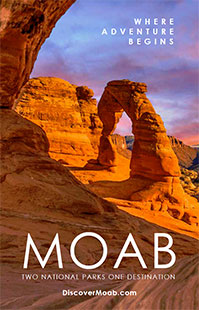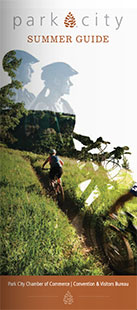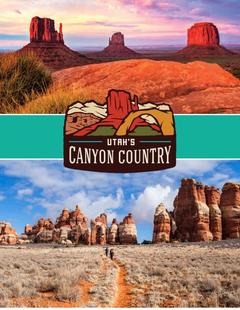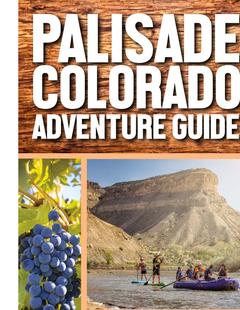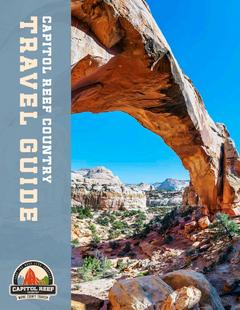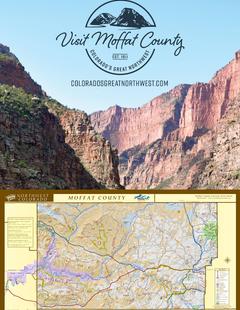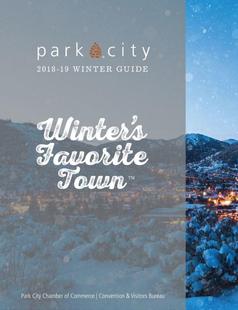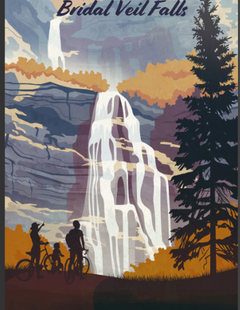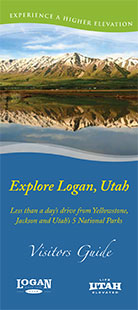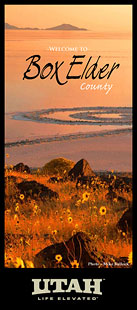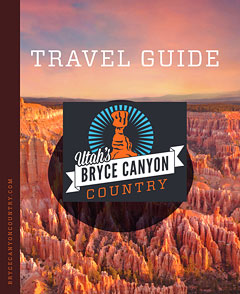Description
Nothing should keep you from visiting Zion National Park in the arid south of Utah, certainly not a bit of snow here and there mid-winter. The climate in Zion itself is mild, and the park has a vastness to its nature that makes other national parks pale in comparison. It is possible to find yourself snowed in elsewhere in the state while Zion boasts mid-60's weather on a weekend. The park does still get snow, but the effect is more artistic accent for the peaks and canyons than hindering obstacle.
In the spring the clouds burst asunder and the skies and canyons of Zion become something different. In March this difference can actually be dangerous, slot canyons tend to flood and hiking is generally dangerous in inclement weather. Between April and June you'll see the foliage bloom and the area at its most colorful.
When summer drops in, and it's usually a very sudden and rapid changeover, temperatures skyrocket. When it's too hot in the sun you'll want to head for The Narrows, the world-famous slot canyon. Carved by the Virgin River more than half of the hike is actually through water. Pay attention to flash flood warnings because like in spring, a flood turns a beautiful slot canyon into a not-fun river rapid. The pleasant side effect, though, is the random creation of waterfalls throughout the park as water spills over and through the rock.
Fall in Zion National Park is a local favorite. The nights are cooler and the days are mild. You can hike to Angels Landing without sweating up a storm and you won't get beat back by actual storms. In September the color change begins and lasts through late October.
All things considered there isn't really a single best time to visit. Once per season should give you a sufficiently unique experience, enough to figure out your favorite.















